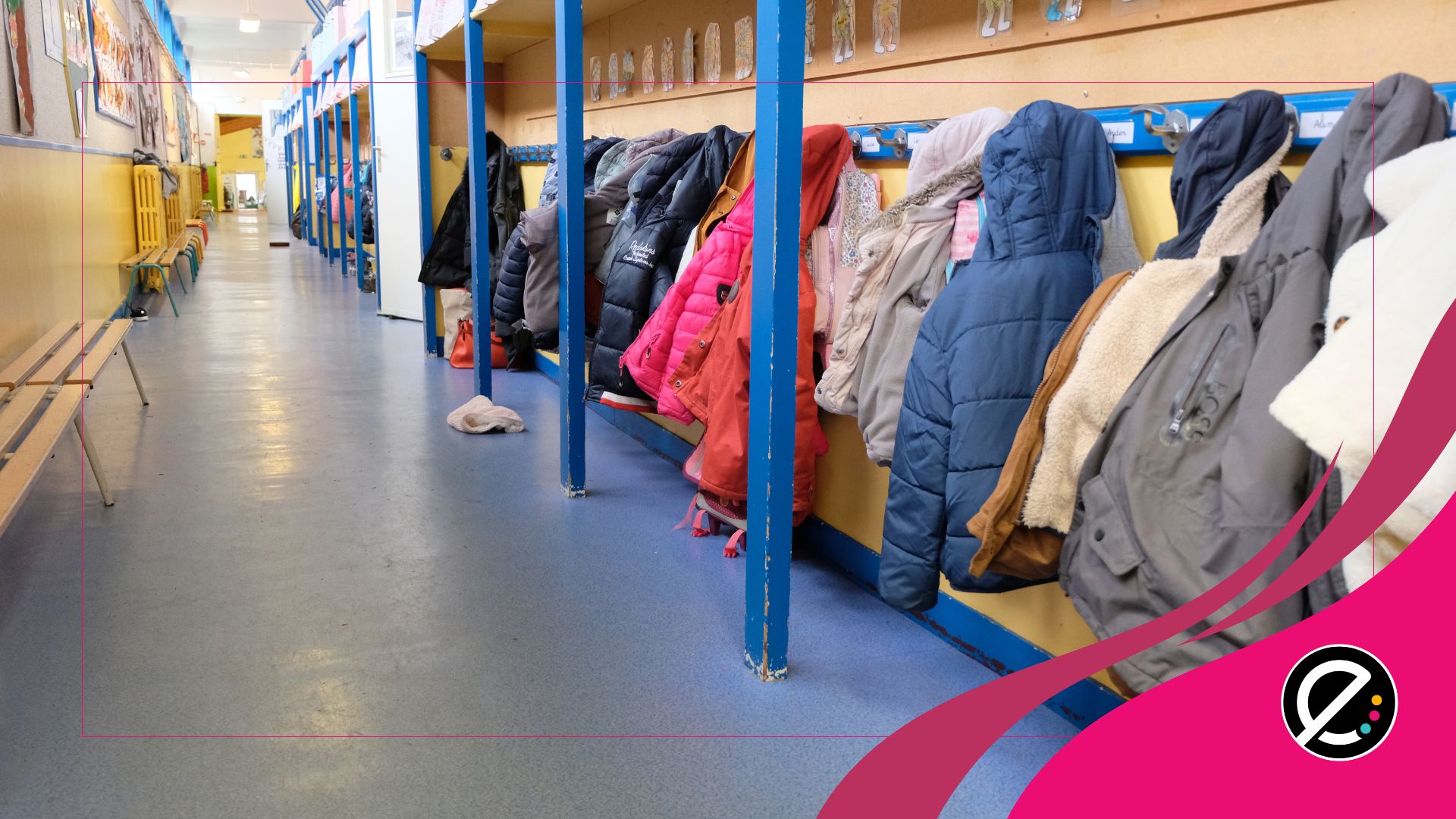Lors de l’annonce du projet d’intelligence numérique en éducation par le ministre Jean-François Roberge, il y a quelques semaines, le Centre de services scolaire au Cœur-des-Vallées a été donné en exemple comme utilisant déjà l’intelligence artificielle. Pour en savoir plus, nous nous sommes entretenus avec le directeur général du CSS, Daniel Bellemare.
« Lorsque des élèves s’absentent régulièrement, nous faisons un suivi à postériori. Nous nous sommes demandé quelle différence cela pourrait faire si nous pouvions intervenir avant que les absences ne surviennent. Comment mieux intervenir auprès des élèves à risque? », indique M. Bellemare. « Comme organisation scolaire, nous disposons d’énormément de données concernant les élèves. Cependant, nous n’avons pas l’expertise pour traiter toute cette information et nous agissons trop souvent au cas par cas. »
Ce constat a servi de point de départ d’un projet mettant à profit l’intelligence artificielle au CSS au Cœur-des-Vallées. L’organisation a fait appel à un expert en analyse de données afin de développer un modèle algorithmique. Celui-ci prend en compte une foule d’informations déjà présentes dans les systèmes informatiques : résultats scolaires, écarts avec la moyenne générale, absences, redoublement (ou non), nombre de répondants pour l’élève, nombre de mémos au dossier et contenu de ces mémos, etc.
Mieux organiser les services aux élèves
« En croisant toutes ces données, nous arrivons à prédire qui sont les élèves à risque dans 80 % des cas pour les élèves de 1re secondaire. Nous pouvons présumer que les prédictions seront de plus en plus précises au fur et à mesure que les élèves avanceront dans leur parcours secondaire », fait valoir M. Bellemare.
Les données sont consignées par école et présentées sous forme de tableaux de bord. Les directions des établissements reçoivent un résumé par courriel chaque lundi. Chacune voit l’information concernant son école ainsi que la moyenne pour le CSS; elle peut ainsi se situer par rapport aux autres. « Les services scolaires peuvent ainsi être mieux organisés autour des élèves à risque. Par exemple, le dialogue peut être ouvert plus rapidement avec la famille. »
Bien sûr, les données consignées n’expliquent pas tout, mais elles deviennent des outils d’aide à la décision. « Elles peuvent attirer notre attention sur des situations ou des contextes qu’on n’aurait pas vus autrement. »
Autres usages à venir
M. Bellemare est convaincu : « L’intelligence artificielle aide nos équipes à orienter leurs actions, à poser des gestes appuyés sur des chiffres réels ». Il voit déjà d’autres possibilités pour pousser plus loin l’utilisation de l’IA dans son organisation. Entre autres, les tableaux de bord des écoles secondaires seront déployés en formation professionnelle et à la formation générale des adultes.
D’autres tableaux de bord pourront être développés pour dresser un portrait des ressources humaines en direct (taux d’absentéisme, statut du personnel, etc.). M. Bellemare croit au potentiel : « Imaginez si nous pouvions faire des liens entre le roulement de personnel dans une école et les résultats scolaires des élèves. Nous pourrions diriger davantage de ressources complémentaires dans cette école. »
En complément : L’intelligence artificielle comme outil de gestion et de prise de décision pour le réseau de l’éducation






